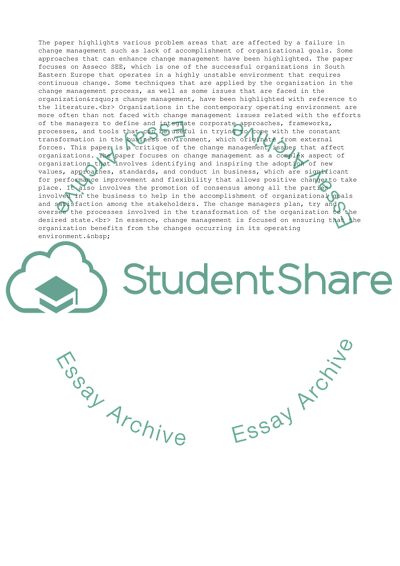Cite this document
(Current Issues in Management Term Paper Example | Topics and Well Written Essays - 3000 words, n.d.)
Current Issues in Management Term Paper Example | Topics and Well Written Essays - 3000 words. Retrieved from https://studentshare.org/management/1732414-current-issues-in-management
Current Issues in Management Term Paper Example | Topics and Well Written Essays - 3000 words. Retrieved from https://studentshare.org/management/1732414-current-issues-in-management
(Current Issues in Management Term Paper Example | Topics and Well Written Essays - 3000 Words)
Current Issues in Management Term Paper Example | Topics and Well Written Essays - 3000 Words. https://studentshare.org/management/1732414-current-issues-in-management.
Current Issues in Management Term Paper Example | Topics and Well Written Essays - 3000 Words. https://studentshare.org/management/1732414-current-issues-in-management.
“Current Issues in Management Term Paper Example | Topics and Well Written Essays - 3000 Words”, n.d. https://studentshare.org/management/1732414-current-issues-in-management.


